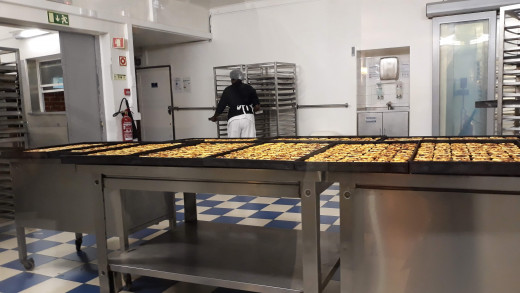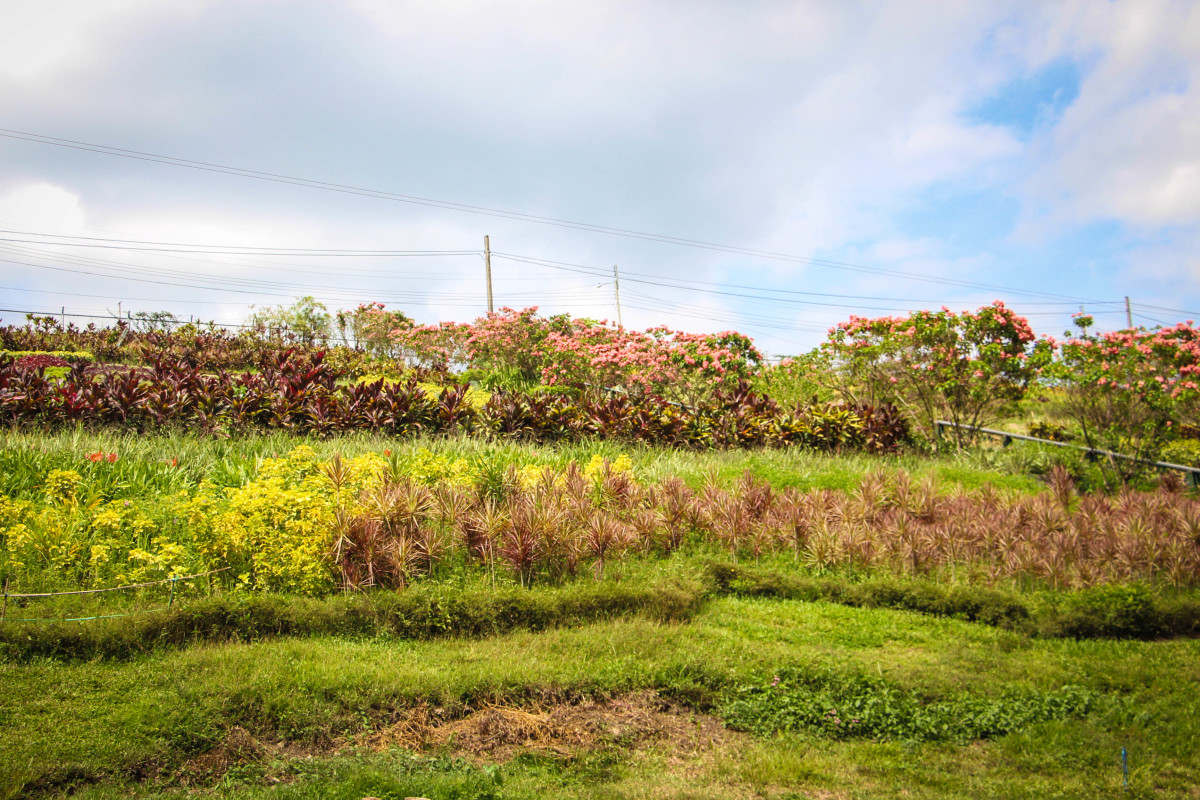Pastel Do Belém, the Pride of the Neighbourhood
The famous tarts.
You have probably heard about them. The famous "Pastel do Belém", the portuguese tarts. Today they are a symbol of the neighbourhood that carries the name. But how did they become so famous? What happened? How did they "occur"? Well, let me tell you all about it...
Of the two years that I spent as a tourist guide in Lisbon, this was one of my favourite tours that I made in that city, taking people to Belém, the neighbourhood of the monastery and the tartshop, among so many other things.
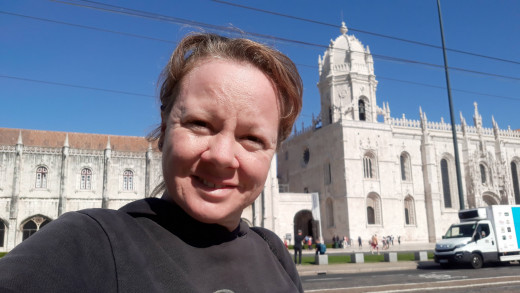
It starts at the monastery.
Today the tarts come from a shop located in the neighbourhood, but according to the legend, their origin is actually from the monastery next door, The Monastery of the Jeronimon monks.
The monastery and the shop are located just a rockthrow away from the eachother, and it is not a coincidence. The monastery at the beginning was the home of the Jeronimon monks, the protectors of the royals at birth, life and afterlife. (I'm gonna write an article about this building as well when I get time). According to legend, The monks also started to make a "house tart", made of (among other things) egg yolk, that they had left after using the white part for "bleaching" their sheets.
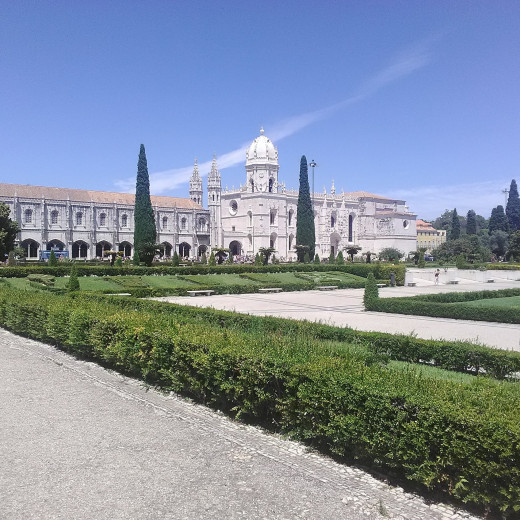
The government wanted the recipe.
The monks lived at the monastery until 1834, the year that the portuguese government decided to expell a whole bunch of orders from their monasteries and cloisters. The monastery in Belém was no exception.
Of course, the monks did not like this idea, but they figured out a way to get back at the government. The government was keenly intersted in buying the recepie for the tarts, which now had become really popular in Lisbon. But the monks refused to sell it to them. Instead, in spite, they sold the recepie to a business man called Diego Alvez, who under the agreement would trademark the recepie, for the government to not be able to make the tarts and sell them.
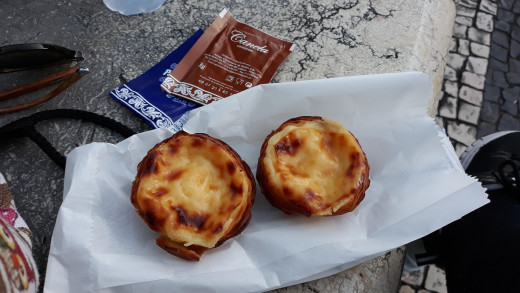
Starting the empire.
Diego Alvez had a little pub on one of the corners, only a couple of meters away from the monastery, and it was here that he started to sell his tarts with beer and spirits. It turned out to be such a good deal, that in only three years, in 1837, he hade made enough money to buy the property on the opposite corner of his pub.
It was here that he started the famous bakery, that later became a coffeshop, which exists even till today. Today the coffeshop is only housed on the lower floor, while the mid floor is administration for the company, and the upper floor houses two apartments. The apartments work as vacation apartments for the different branches of the Alvez family, that still run the company, nearly two hundred years later.
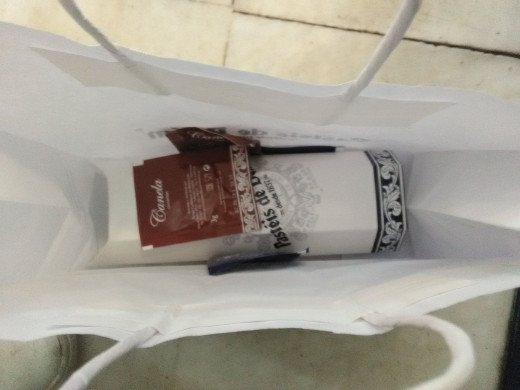
Today's work.
Today the pastry shop/ coffehouse is one of the main attraction of this neighbourhood. People come here to stand in line and although what seems like an eternity, the queue actually moves really fast. If you don't want to queue, you just go inside, and sit down, and soak the atmosphere up. Either way, people come here in loads. During the low season, on an average day, they make and sell about 30.000 tarts, while during the high season, it could go up to 50.000. x 30, that's 1,5 million tarts a month during the summer months.
That's good business for ya'...
